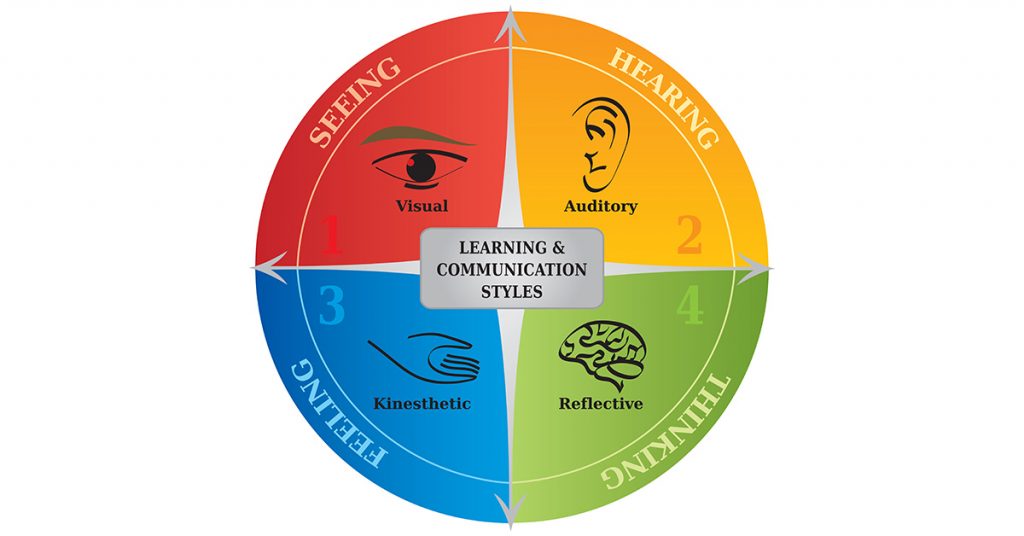
Every student learns differently, and as a tutor, adapting to their learning style can make sessions be the most effective and engaging. While all students will have their own unique way of learning, it is important to understand the key styles and be able to notice when a student’s behavior coalesces with them.
Visual Learners:
Visual learners absorb information best through images, diagrams, physical demonstrations, and color-coded notes. When tutoring, use mind maps, graphs and illustrations to break down concepts. Encourage them to highlight key ideas and draw connections between topics. Getting them involved up at the whiteboards can be particularly useful for this!
Auditory Learners:
Auditory learners retain information through discussion and auditory clues. Instead of relying on written explanations, try explaining concepts aloud, using storytelling techniques, or encouraging them to talk through their thought process. Ask open-ended questions and use mnemonic devices or rhymes to reinforce learning. This is applicable even to maths – try and reframe equations/formulas by either discussing how to derive them or making algebraic expressions representative of practical, real life experiences.
Kinesthetic Learners
These students learn best by doing. Sitting still for long periods can be a struggle, particularly for an hour, so incorporate movement into lessons. Have them write on a whiteboard, use physical objects for demonstrations, or have them doing physical movements – if doing bearings, get them to act out certain bearings to really make it stick. Encouraging them to teach back what they’ve learned also reinforces their understanding.
Reading/Writing Learners
Students in this category excel with written information. Provide clear, structured notes and encourage them to rewrite concepts in their own words. Assign short written reflections or summaries to reinforce comprehension. Using lists, definitions, and textbooks can help them absorb material more effectively.
By recognizing and adapting to these different learning styles, we can create personalised sessions that maximise student success. Often, blending multiple approaches works best, ensuring students develop a well-rounded understanding of the material.
Sophie McGrath

